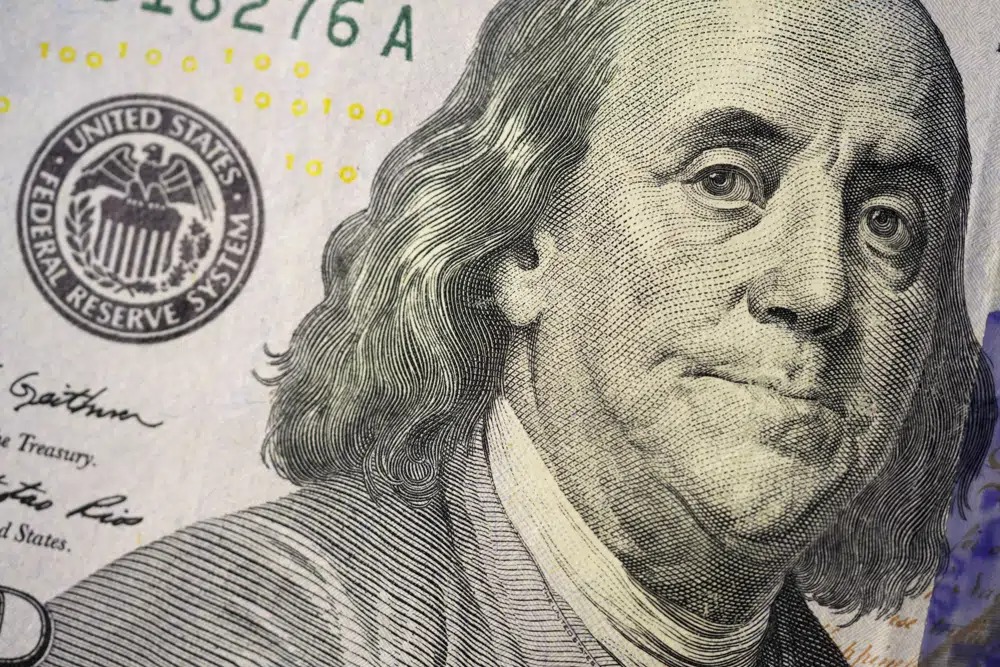Expecting a tax refund? It could be smaller than last year. And with inflation still high, that money won’t go as far as it did a year ago.
The more than 100 million taxpayers who have had their returns processed as of April 7 got refunds that were an average of 9.3% less than last year, in part due to pandemic relief programs expiring. The filing deadline for most taxpayers is Tuesday, though it has been extended for parts of California, Alabama, Georgia, New York, Tennessee, Arkansas, Mississippi and Indiana that were hard hit by severe weather.
The average refund is $2,878, down from $3,175, a difference of nearly $300, according to the most recent IRS data available.
For many households, especially working families, the tax refund is the biggest one-time financial windfall of the year, said Kathy Pickering, chief tax officer of H&R Block.
“We know that working families in general are the most cash-strapped,” she said, adding that the expanded earned income tax and child tax credits during the COVID pandemic provided a lot of benefits for families with children.
The child tax credit, for example, is reverting to $2,000 per child, while the pandemic credit was as high as $3,600 per child. The child and dependent care credit, a tax break available to parents and those who care for family members while they work, had been expanded to a maximum of $8,000 in 2021 and is now a maximum of $2,100.
“As those provisions expired, that’s had a big impact,” Pickering said.
Rachel Zhou, 20, a college student in Boston whose father works in food delivery and whose stepmother is a social worker, said her family has used refunds in the past for things like home repairs that require big one-time payments. One rebate they received during the pandemic went toward fixing her house’s heating, air, and ventilation system, she said.
Zhou has worked since she was a teenager, and has already filed her taxes this year. Her refund? $1. Last year and the previous year she received “upwards of several hundred dollars,” she said.
“Overall it does make the situation a bit more tenuous,” said Zhou. “It is nice to have (the refund) at the end of the year — tax season — for when there are gaps to be made up for in the budget.”
Zhou has worked as a receptionist, at a grill and an ice cream shop, and in other jobs. For her father, who has shifted more towards self employment in the past few years (receiving 1099 forms for DoorDash and other delivery work), she said taxes have also become “more of a hit and less of a refund.”
Pickering said that more Americans took on side hustles, gig and freelance work during and since the pandemic, and so they may be experiencing the self-employment tax and the consequences of a lack of withholding. A traditional employer who provides a W2 withholds taxes from each paycheck, meaning less of a potential shock at the end of the tax year.
Ted Rossman, an analyst with Bankrate.com, said those who receive refunds tend to use the money “very practically,” often to pay off debt and boost savings.
“What I do think is definitely significant is the fact that other costs have gone up,” Rossman said. “It’s bad enough that this is taking 10% off your tax refund, but on top of that, your groceries might be up, and rent, and gas prices. This is money that a lot of people really count on every year.”
“Even a difference of $300 on the tax refund, that does pale in comparison to the stimulus people received during the pandemic,” he said. “Psychologically, economically speaking, it probably feels like, ‘Just one more thing.’ So maybe it weighs on confidence more than actual spending.”
Alaina, 32, a Florida-based fiber artist who asked to be identified by her first name to protect her privacy, said her refund will go toward house repairs and “clearing up debt.”
“I have a lot on credit cards and have had to borrow money from people that I need to pay back,” she said. “I wish it could go for fun stuff, but money is too tight.”
Alaina, who sells her work online, has been self-employed since she lost her job in the healthcare sector in 2021. She said she hasn’t yet filed her taxes this year but that last year she and her husband, who is unemployed, received about $3,600 after filing jointly.
According to Bankrate’s Rossman, there’s a possibility that this year’s lower tax refunds could weaken consumer spending and, as result, help slow inflation.
“It’s bad news for households because people want higher refunds, obviously, but I think perhaps quietly the Fed might cheer,” he said.
To combat inflation, the Fed has been raising interest rates to increase the cost of borrowing money, with the hope of slowing the economy.
Unfortunately, for those households that have spent through their savings, and who are now relying on credit cards to get by month to month, those higher interest rates have also led to average credit card interest rates of over 20%.
“That becomes a tough cycle to break,” Rossman said. “We are dealing with fairly blunt tools when you talk about raising interest rates and changing the price of money. High inflation left unchecked will be bad for everyone — but it will be worst for the lowest end of the income spectrum.”
(AP)











